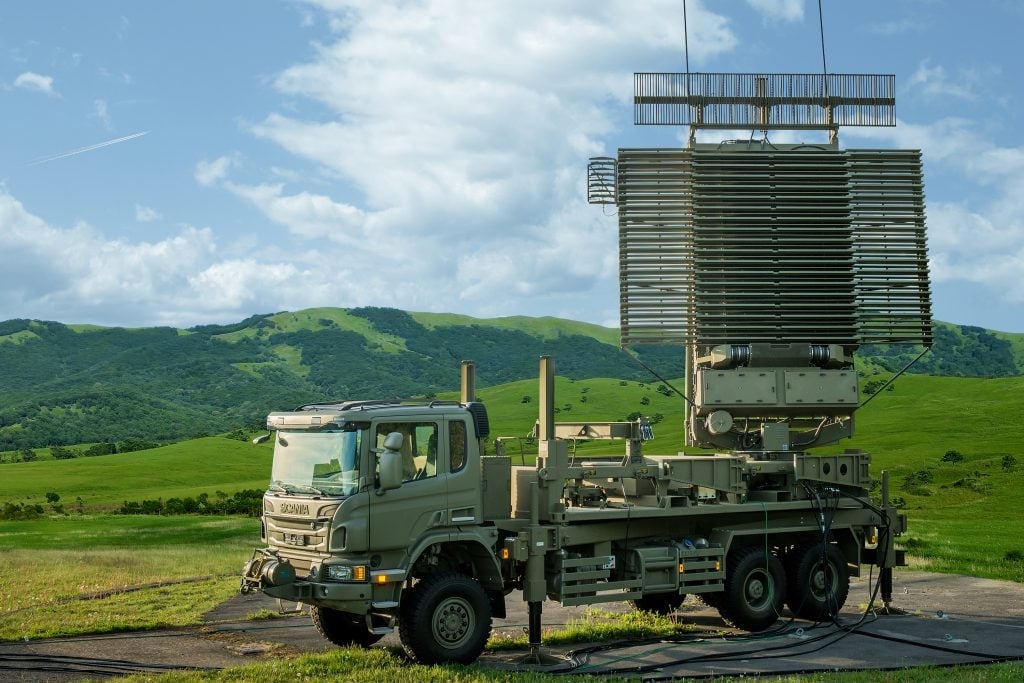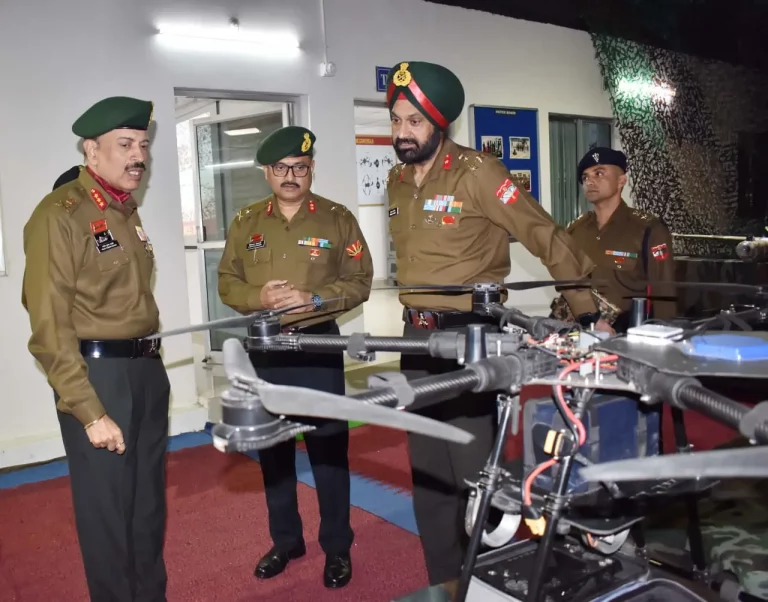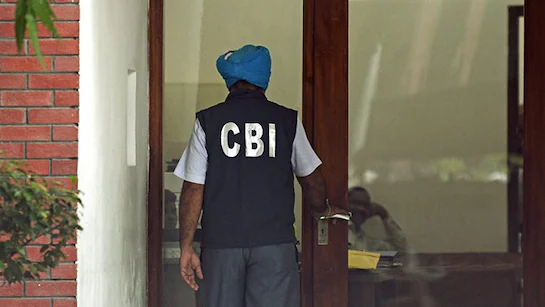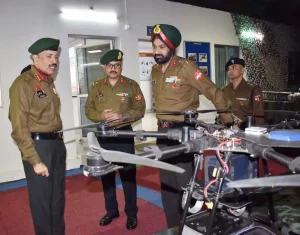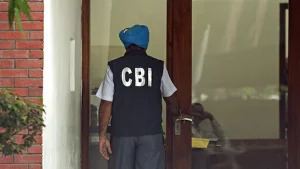In a bold strategic maneuver, the Indian Air Force (IAF) executed a series of airstrikes from May 8 to May 10, effectively crippling the air defense capabilities of Pakistan by targeting essential surveillance assets. This operation, dubbed “Operation Sindoor,” resulted in the destruction of three out of six U.S.-made Lockheed Martin AN/TPS-77 long-range radars, significantly degrading Pakistan’s aerial monitoring abilities.
The AN/TPS-77 radars, which boast a detection range of 450 kilometers and 3D tracking capabilities, have been crucial to the Pakistan Air Force’s early warning system. Acquired in 2008 for $89 million, the loss of these radar systems, each valued at approximately $22 million, represents a severe blow to Pakistan’s military readiness and situational awareness regarding airspace incursions. Defense analysts suggest that this setback could severely limit Pakistan’s ability to detect and respond to any aerial threats, raising concerns over its national defense strategy.
Strikes targeted radar installations in Pasrur and Sialkot, in addition to ten other military sites, including command centers, weapons depots, and airbases. This series of high-precision attacks were a direct response to Pakistani offensives that involved unmanned combat aerial vehicles (UCAVs), loitering munitions, and missile strikes, which had previously targeted Indian military outposts and civilian areas along the western border.
Colonel Sofiya Qureshi, the spokesperson for the Indian armed forces, stated that the mission was strictly focused on military targets and adhered to India’s doctrine of “non-escalation,” which remains contingent on Pakistan’s potential response. “Our objective was to disrupt offensive capabilities, not provoke a larger war,” she asserted.
The repercussions of the airstrikes extended beyond military engagements. Following the strikes, Pakistan’s Nuclear Command Authority convened an emergency meeting on May 10 to assess and potentially relocate sensitive nuclear assets, reflecting heightened fears that India had gained access to critical locations.
In response to escalating tensions, U.S. Secretary of State Marco Rubio intervened to mediate a ceasefire agreement announced on May 10. This truce followed urgent diplomatic discussions between Prime Minister Narendra Modi and Prime Minister Shehbaz Sharif, aimed at defusing the situation and prompting further conflict-resolution talks at a neutral location.
However, the durability of the ceasefire remains in question. Reports of explosions in places like Srinagar and Jammu shortly after the ceasefire announcement have raised alarms, with Jammu & Kashmir’s Chief Minister Omar Abdullah confirming the activation of local air defenses in anticipation of potential threats.
The targeting of U.S.-origin military hardware may also have prompted Washington’s efforts for a truce, as analysts indicate that damaging Lockheed Martin equipment could adversely affect American defense exports, a consideration likely factored into the diplomatic dialogue.
In a significant act of restraint, Indian forces chose not to execute a naval strike on Karachi Port, despite possessing actionable intelligence and operational clearance. This decision was reportedly made to allow diplomatic channels a chance and to avoid crossing critical strategic thresholds.
As both nations remain on high alert, the IAF’s successful airstrikes represent a pivotal shift in the region’s air power dynamics. In the aftermath, Pakistan is now faced with the dual challenges of modernizing its surveillance systems under financial constraints and reevaluating its military alliances, with discussions emerging about potential partnerships with Iran and Turkey as alternative defense allies.
